Python Repeat N Times
Introduction:
Looping is an essential concept in programming that enables the execution of code multiple times. Python provides several ways to repeat code, including the for loop, while loop, and the range() function. This article will explore these different techniques, provide practical examples, and discuss best practices for repeating code in Python.
Using the for loop in Python:
The for loop is commonly used in Python to iterate through a sequence or repeat code a specific number of times. Its syntax consists of the “for” keyword, a variable name to hold the current value, the “in” keyword, and a sequence or iterable to loop over. Through each iteration, the code block inside the loop is executed.
Iterating through a sequence is a common use case for the for loop. This can be done by providing a list, string, or any other iterable as the sequence. The loop variable takes the value of each element in the sequence, allowing for easy access and manipulation.
Running code a specific number of times is achieved by combining the for loop with the range() function. The range() function generates a sequence of numbers starting from 0 (by default) and ending at the specified number – 1. By utilizing the range() function, developers can control the number of iterations of the for loop.
Using the while loop in Python:
The while loop in Python is another method for repeating code. It continues to execute a block of code as long as a certain condition remains true. The syntax of a while loop includes the “while” keyword, followed by a condition that is evaluated before each iteration. If the condition is true, the code within the loop is executed.
Determining when to exit the while loop is crucial to prevent infinite loops. An exit strategy must be implemented to update the condition and break out of the loop appropriately. Without this, the loop will continue indefinitely, leading to program crashes or unexpected results.
Using the range() function:
The range() function is a powerful tool in Python that generates a sequence of numbers. Its syntax includes the “range” keyword, followed by the starting, ending, and step values inside parentheses. The function returns an iterable sequence that can be used with loops or in other contexts.
The range() function is particularly useful for controlling the number of iterations in a loop. By specifying the desired range, developers can repeat code a specific number of times without much effort. Additionally, the step value allows for increments or decrements, providing flexibility in loop patterns.
Example: Repeating code a specific number of times:
To illustrate the concept of repeating code, let’s consider a practical example of printing a message multiple times. First, we will utilize the for loop:
“`python
message = “Hello, World!”
for _ in range(5):
print(message)
“`
Here, the code prints the message “Hello, World!” five times. The loop variable “_” is used when the actual value is not needed. Alternatively, the while loop can achieve the same result:
“`python
message = “Hello, World!”
counter = 0
while counter < 5:
print(message)
counter += 1
```
Both examples accomplish the task of repeating code, allowing developers to choose the method that suits their needs and preferences.
Considerations and best practices for repeating code:
When working with loops, it is important to consider the specific situation and choose the appropriate loop type. The for loop is ideal for iterating over a fixed sequence, while the while loop is suitable for conditions that may change during runtime.
To avoid infinite loops, it is crucial to ensure an exit strategy. Incorporating conditional statements or utilizing break and continue statements can help control the flow of the loop and prevent unintended results. Additionally, developers should optimize their code for efficiency, especially when dealing with large datasets or resource-intensive operations.
Implementing clear and readable code structure is essential when repeating code. Using descriptive variable names, comments, and appropriate indentation improves the readability and maintainability of the codebase. Developers should also follow the coding standards and conventions set by the Python community to enhance code consistency.
Nested loops and complex repetition patterns:
Python enables the creation of complex repetition patterns by utilizing nested loops. A nested loop consists of one loop inside another, allowing for more intricate control over the flow of the program. Nested loops are particularly useful when dealing with multi-dimensional data structures or when performing operations that require multiple iterations.
Consider the following example of a nested loop that prints a pattern of numbers:
```python
for i in range(5):
for j in range(i + 1):
print(j + 1, end=" ")
print()
```
In this example, the outer loop iterates five times, while the inner loop repeats a specific number of times based on the current value of the outer loop variable. This creates a pattern of numbers that gradually increases in each line.
By understanding nested loops, developers can implement more complex logic and repetition patterns in their Python programs.
Handling repetition with built-in functions and modules:
Python provides built-in functions and modules that can simplify repetition and enhance code functionality. Functions like enumerate() and zip() allow for efficient iteration over sequences while accessing both the index and value of each element. These functions are particularly useful when working with lists, tuples, or other iterable objects.
In addition to built-in functions, modules such as itertools offer advanced repetition techniques. itertools provides functions like repeat() and cycle() that extend the capabilities of basic looping constructs. These modules offer additional flexibility and power when handling repetitions in Python.
By utilizing the appropriate built-in functions and modules, developers can optimize their code, reduce redundant operations, and enhance the overall efficiency of their programs.
FAQs:
Q: How can I repeat a string n times in Python?
A: You can repeat a string n times in Python by using the multiplication operator. For example, "abc" * 3 will result in "abcabcabc". This approach is simple and concise.
Q: What is the difference between the repeat() function and the loop() function in Python?
A: The repeat() function in Python, available in modules like itertools, allows for the repetition of a specific element or value a certain number of times. On the other hand, the loop() function does not exist in Python's standard library. It may refer to the concept of looping itself or be a function within a specific library or module.
Q: How can I repeat a program n times in Python?
A: To repeat a program a specific number of times, you can utilize any of the looping techniques discussed in this article. Choose the loop type that best suits your requirements, and structure your program accordingly.
Q: What is the difference between the range() function and the np.repeat() function in Python?
A: The range() function in Python generates a sequence of numbers, while the np.repeat() function, from the NumPy library, repeats a given array or value a specified number of times. These functions serve different purposes and are used in different contexts.
Q: How can I repeat a loop 10 times in Python?
A: To repeat a loop 10 times in Python, you can use any of the looping techniques mentioned in this article. Simply set the appropriate range or condition to iterate or repeat the code a specific number of times.
In conclusion, Python provides several methods for repeating code, including the for loop, while loop, and the range() function. Each technique offers flexibility and control over loop patterns and repetition. By understanding these concepts and incorporating best practices, developers can effectively utilize looping constructs to simplify code and solve complex problems.
In Python, You Can Use \”*\” To Repeat The String N Times.
Keywords searched by users: python repeat n times Python repeat string n times, Repeat Python, Function repeat Python, Loop 10 times Python, Np repeat, Torch repeat, Repeat program Python, Python loop times
Categories: Top 51 Python Repeat N Times
See more here: nhanvietluanvan.com
Python Repeat String N Times
One of the simplest methods to repeat a string n times in Python is by using the multiplication operator. This operator allows us to multiply a string by a positive integer, which will result in the concatenation of the string n number of times. Let’s take a look at an example to make this clear:
“`python
string = “Hello, world! ”
repeated_string = string * 3
print(repeated_string)
“`
In this code snippet, the string “Hello, world! ” is multiplied by 3, resulting in the value “Hello, world! Hello, world! Hello, world! “. Consequently, the output of the print statement will display the repeated string.
Another approach to repeating a string in Python is by using the `join()` method along with a list comprehension. First, we create a list with the desired string repeated n times. Next, we use the `join()` method to combine the elements of the list into a single string, separated by an empty string. Here’s an example:
“`python
string = “Hello, world! ”
repeated_string = ”.join([string for _ in range(3)])
print(repeated_string)
“`
The result of executing this code will be the same as the previous example. However, this approach provides more flexibility since we can easily modify the number of repetitions by changing the value in the `range()` function.
Python also offers a more concise way to repeat a string using the `str` class method `format()`. This method allows us to construct new strings by replacing placeholders with given values. By utilizing the repeat syntax, we can specify the number of repetitions for a particular string. Here’s an example that demonstrates this:
“`python
string = “Hello, world! ”
repeated_string = “{0}” * 3
formatted_string = repeated_string.format(string)
print(formatted_string)
“`
In this example, the placeholder `{0}` is repeated three times, and then the `format()` method replaces it with the string “Hello, world! “. The final output is the repeated string “Hello, world! Hello, world! Hello, world! “.
Frequently Asked Questions (FAQs):
1. Can I repeat a string a variable number of times in Python?
Yes, you can repeat a string a variable number of times in Python. By using any of the aforementioned methods, you can replace the constant value used for repetition with a variable. This way, the number of repetitions can be determined dynamically during runtime.
2. How do I repeat a string indefinitely in Python?
To repeat a string indefinitely, you can use a `while` loop or `itertools.count()` function along with the `join()` method. The `while` loop continuously adds the string to a list until a certain condition is met, while `itertools.count()` generates an infinite integer sequence that can be stopped with a `break` statement. Here’s an example using `while` loop:
“`python
string = “Hello, world! ”
repeated_string = []
while True:
repeated_string.append(string)
if some_condition:
break
final_string = ”.join(repeated_string)
print(final_string)
“`
3. Is there a limit to the number of times a string can be repeated in Python?
There is no inherent limit to the number of times a string can be repeated in Python. However, keep in mind that memory limitations might impose practical restrictions. Excessively long strings may cause memory errors, as they consume a significant amount of resources.
4. Can I repeat a string multiple times with a different separator in Python?
Yes, you can repeat a string multiple times with a different separator in Python. Instead of using an empty string as the separator in the `join()` method, you can specify any character or string to separate the repetitions. For example, to separate repetitions with a comma:
“`python
string = “Hello, world! ”
repeated_string = ‘, ‘.join([string for _ in range(3)])
print(repeated_string)
“`
In summary, Python provides multiple ways to repeat a string n number of times. Whether you opt for the multiplication operator, `join()` method, or `format()` method, you have the flexibility to adapt to different requirements and create repeated strings efficiently.
Repeat Python
Python provides several constructs for repeating code, including for loops, while loops, and the range function. Each of these constructs has its own unique characteristics and can be used in various scenarios.
The for loop is a fundamental repetition structure in Python. It allows developers to iterate over a sequence of elements, such as a list or a string. This makes it particularly useful for tasks that involve processing multiple items or performing an action on each element in a collection. Here’s an example of a simple for loop that prints the numbers from 1 to 5:
“`python
for i in range(1, 6):
print(i)
“`
In this example, the `range` function generates a sequence of numbers from 1 to 5, and the for loop iterates over each value in that sequence, assigning it to the variable `i`. The `print` statement then displays the value of `i`.
While loops, on the other hand, repeat a block of code as long as a certain condition is true. This construct is useful when the number of repetitions is not known in advance and depends on a particular condition. Here’s an example of a while loop that prints numbers from 1 to 5, similar to the previous example:
“`python
i = 1
while i <= 5:
print(i)
i += 1
```
In this case, the loop continues executing as long as the value of `i` is less than or equal to 5. The variable `i` is incremented by 1 in each iteration using the `+=` operator.
Another way to repeat code in Python is by utilizing the range function. It generates a sequence of numbers within a specified range, which can then be used in conjunction with other constructs like for loops. For example, the following code prints the even numbers from 2 to 10 using a for loop and the range function:
```python
for i in range(2, 11, 2):
print(i)
```
In this example, the `range` function accepts three arguments: the start of the sequence (2), the end of the sequence (11), and the step value (2). The loop then iterates over the sequence, printing each value.
Now, let's dive into some common use cases for repeating code in Python:
1. Processing lists or collections: The ability to iterate over a sequence of elements allows developers to perform actions on each item in a collection. This is crucial for various tasks, such as filtering, mapping, or transforming data.
2. Implementing algorithms: Many algorithms require repeating code blocks multiple times to accomplish their desired results. From searching and sorting algorithms to mathematical computations, repeating code is essential for solving complex problems.
3. Automating repetitive tasks: Python's ability to repeat code efficiently makes it an excellent choice for automating repetitive tasks, whether it's manipulating files, generating reports, or scraping data from websites. By writing a block of code once and repeating it as needed, developers can save significant time and effort.
4. Game development: In game development, performing actions iteratively is vital for simulating movement, updating game states, or handling player input. By utilizing Python's repeat functionality, developers can create engaging and interactive games.
To make the most out of Python's repeat capabilities, here are some tips and tricks:
1. Plan your repetitions: Before implementing repetition in your code, take some time to plan your approach. Consider the specific requirements of your task and choose the most suitable repetition construct based on those needs.
2. Use appropriate data structures: When dealing with repetitive tasks, ensuring that you have the right data structures can significantly enhance efficiency. Choose appropriate containers, such as lists or dictionaries, to store and manipulate repeated data.
3. Break out of loops when needed: In some cases, you might need to prematurely terminate a loop based on a certain condition. Use the `break` statement to exit the loop and avoid unnecessary iterations.
4. Utilize control flow statements: Python provides several control flow statements, such as `continue` and `pass`, that can be used to modify the behavior of loops. Understanding how these statements work can help you optimize the execution of your repeated code blocks.
Now, let's address some common questions related to repeating code in Python:
Q: Can I nest loops in Python?
A: Yes, you can nest loops in Python. This means that you can have one loop inside another loop. This construct is particularly useful for traversing multi-dimensional data structures or executing complex algorithms that require nested iterations.
Q: How can I stop an infinite loop?
A: An infinite loop is a loop that never terminates, usually due to a condition that always evaluates to true. To stop an infinite loop, you can interrupt the program's execution by pressing Ctrl+C in the console or using an appropriate interrupt mechanism, such as a keyboard interrupt handler.
Q: What is the difference between a while loop and a for loop?
A: While loops and for loops differ primarily in how they control the repetition. While loops repeat a block of code as long as a certain condition remains true. In contrast, for loops iterate over a sequence or collection of elements. While loops are more flexible when the number of repetitions is unknown or depends on a specific condition, while for loops provide a structured way to iterate over sequences.
In conclusion, Python's repeat functionality allows developers to efficiently execute blocks of code multiple times, automating repetitive tasks, implementing loops, and creating complex algorithms. By understanding the different repetition constructs, leveraging appropriate data structures, and planning repetitions effectively, Python developers can harness the full power of the language.
Function Repeat Python
Python, one of the most popular programming languages in the world, offers a plethora of built-in functions that simplify coding tasks. One such useful built-in function is `repeat()`. In this article, we will delve into the intricacies of the `repeat()` function and discuss its usage, parameters, and some useful tips. So, let’s get started!
What is the `repeat()` function?
The `repeat()` function in Python is a part of the `itertools` module. It returns an iterator that repeats the specified element or iterable `n` number of times. It can be used to create a repetitive sequence of values quickly and easily.
Syntax and Parameters:
The syntax for the `repeat()` function is as follows:
“`python
itertools.repeat(object, times)
“`
Here, `object` represents the value or iterable that you want to repeat, and `times` represents the number of times you want it to be repeated. The `times` parameter is optional, and if not provided, `repeat()` becomes an infinite iterator. It is worth mentioning that `times` should be a non-negative integer.
Examples:
Let’s explore some examples to better understand how the `repeat()` function works in practice.
Example 1: Repeating a single value
“`python
import itertools
x = 5
repeat_obj = itertools.repeat(x, 3)
for num in repeat_obj:
print(num)
“`
Output:
“`
5
5
5
“`
In this example, we create an iterator `repeat_obj` using the `repeat()` function that repeats the value `5` three times. We then iterate over the iterator and print each element, resulting in `5` being printed three times.
Example 2: Repeating an iterable
“`python
import itertools
my_list = [1, 2, 3]
repeat_obj = itertools.repeat(my_list, 2)
for num in repeat_obj:
print(num)
“`
Output:
“`
[1, 2, 3]
[1, 2, 3]
“`
Here, the `repeat()` function is used to repeat the given list `[1, 2, 3]` two times. When we iterate over the iterator and print each element, the list `[1, 2, 3]` is printed twice.
Infinite Iterators:
As mentioned earlier, if you omit the `times` parameter, the `repeat()` function acts as an infinite iterator. An infinite iterator keeps repeating the provided value or iterable indefinitely. However, you need to handle this carefully to avoid infinite loops or excessive memory consumption.
Example 3: Creating an infinite iterator
“`python
import itertools
repeat_obj = itertools.repeat(‘Hello’)
for i, val in enumerate(repeat_obj):
if i >= 5:
break
print(val)
“`
Output:
“`
Hello
Hello
Hello
Hello
Hello
“`
In this example, we create an infinite iterator using the `repeat()` function on the string `’Hello’`. We then use the `enumerate()` function to limit the number of iterations up to 5. As a result, `’Hello’` is printed five times before the loop is terminated.
Frequently Asked Questions (FAQs):
Q1: Can `repeat()` be used to repeat elements of different types?
Yes, the `repeat()` function can be used to repeat elements of different types. It treats the provided object or iterable as a single unit and repeats it based on the `times` parameter.
Q2: How can I combine `repeat()` with other functions?
`repeat()` can be used in combination with other functions from the `itertools` module to create powerful constructs. For example, it can be used with `zip()` to iterate over multiple iterables simultaneously.
Q3: Is it possible to modify the repeated values or iterables?
No, the `repeat()` function returns an iterator, and modifying the elements within the iterator is not supported. If you need to modify the elements, you can convert the iterator to a list and then make the required modifications.
Q4: What is the difference between `repeat()` and `cycle()` functions?
The `repeat()` function repeats the given objects or iterables for a specific number of times, while the `cycle()` function continuously repeats the elements indefinitely.
Q5: Are there any performance considerations for using infinite iterators?
Using infinite iterators should be done with caution as they can lead to memory exhaustion or infinite loops. It is essential to handle them appropriately by using techniques like breaking the loop based on a condition or using functions like `islice()` to limit the number of iterations.
Conclusion:
The `repeat()` function in Python’s `itertools` module provides a convenient way to create repetitive sequences of elements. Whether you need to repeat a single value or an iterable, `repeat()` offers a simple and efficient solution. By understanding its parameters and usage examples, you can harness the power of `repeat()` in your Python programming endeavors.
Images related to the topic python repeat n times

Found 19 images related to python repeat n times theme
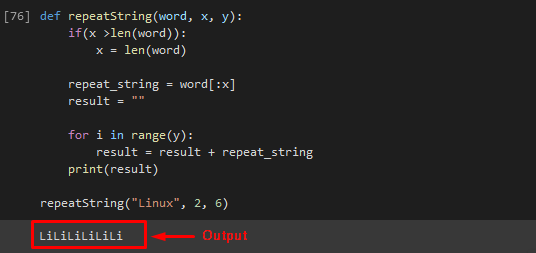





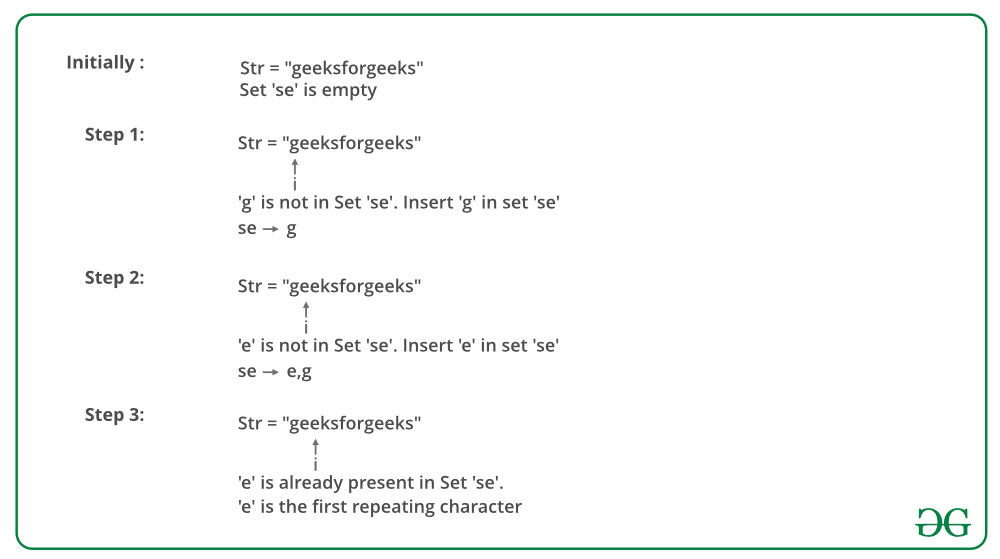



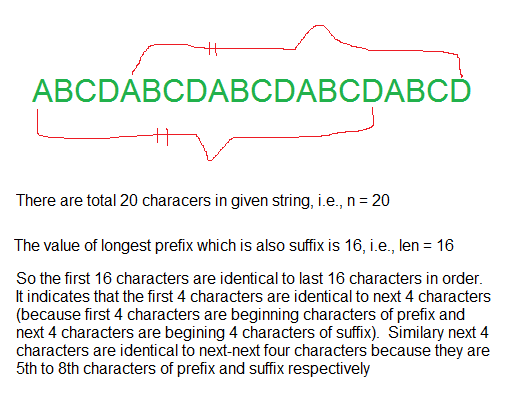






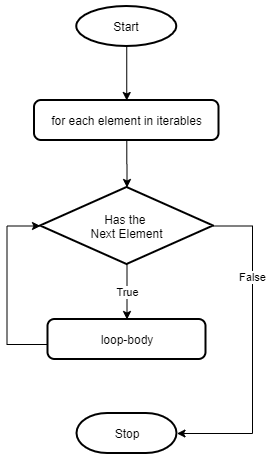



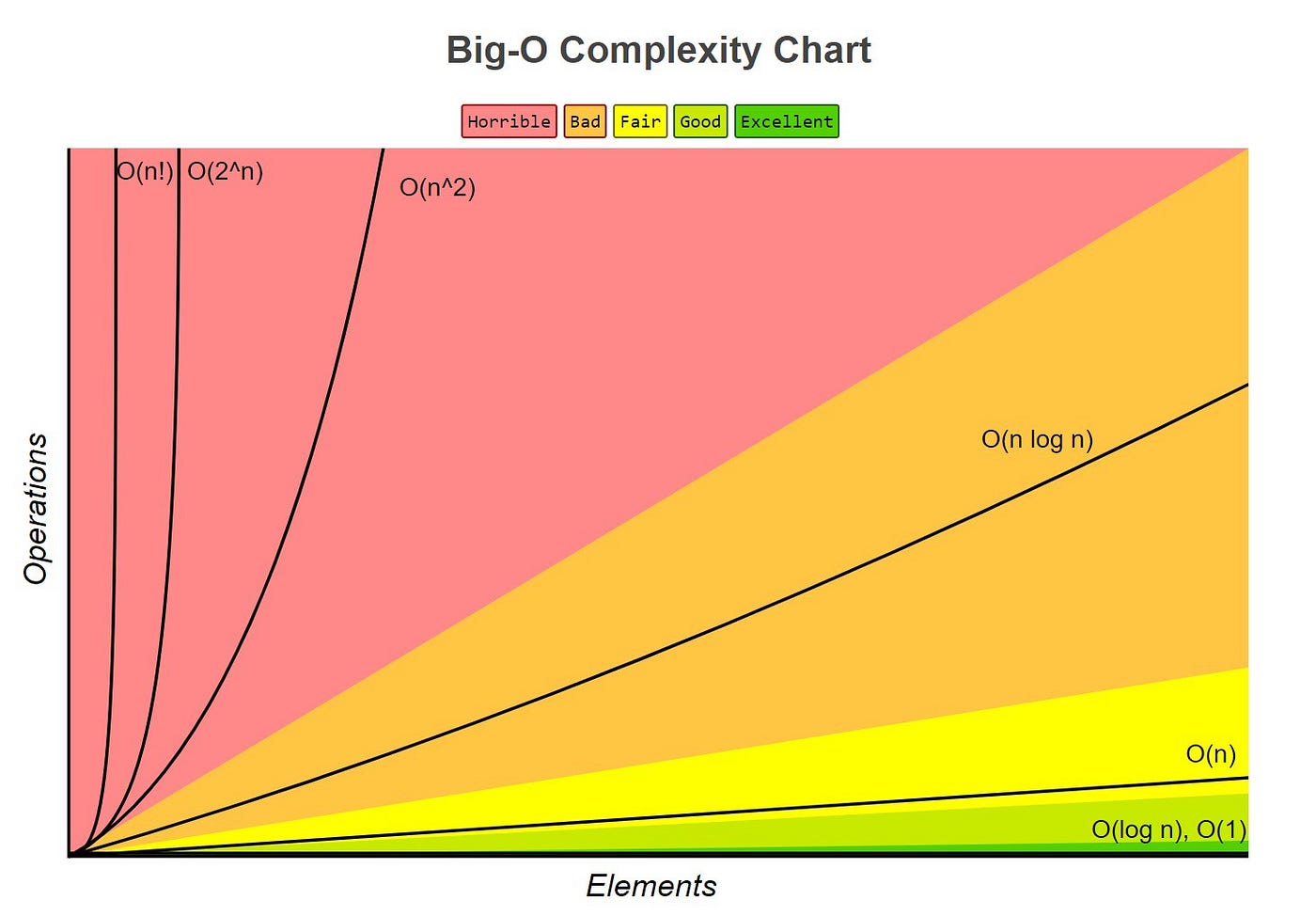



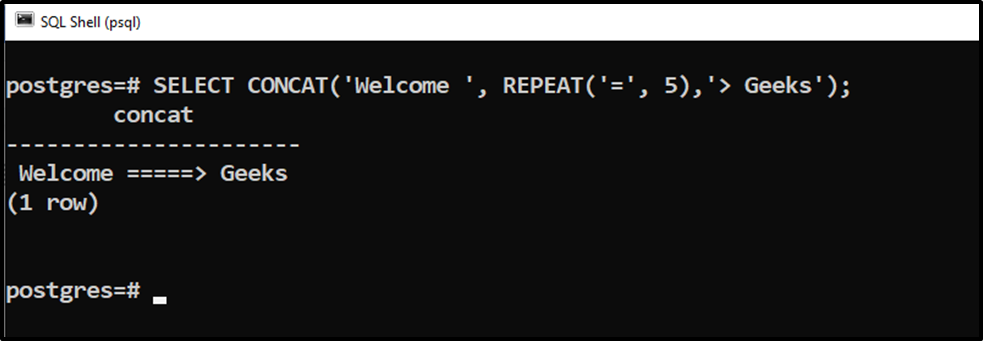

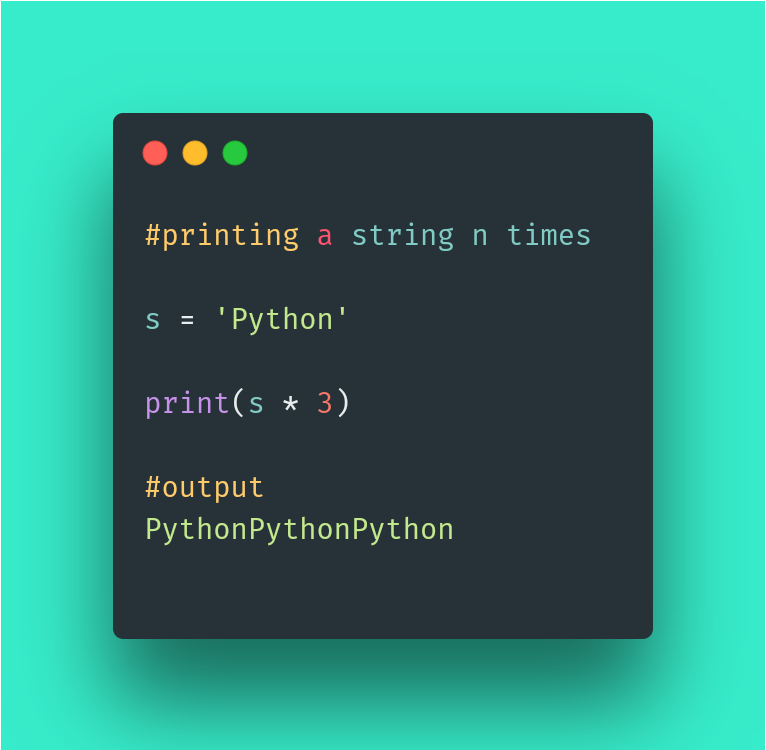
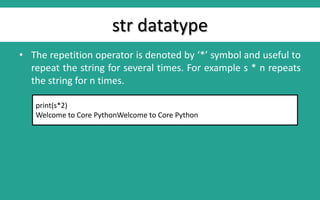


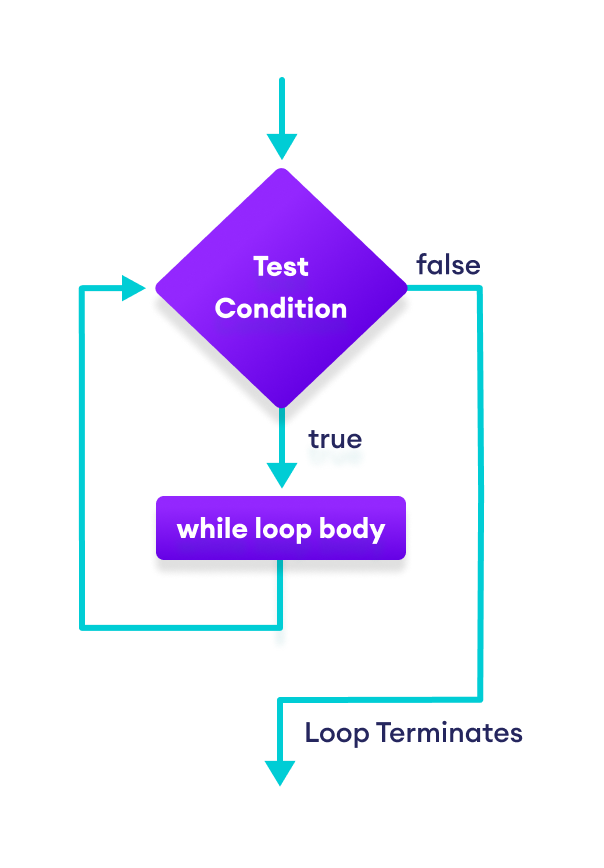



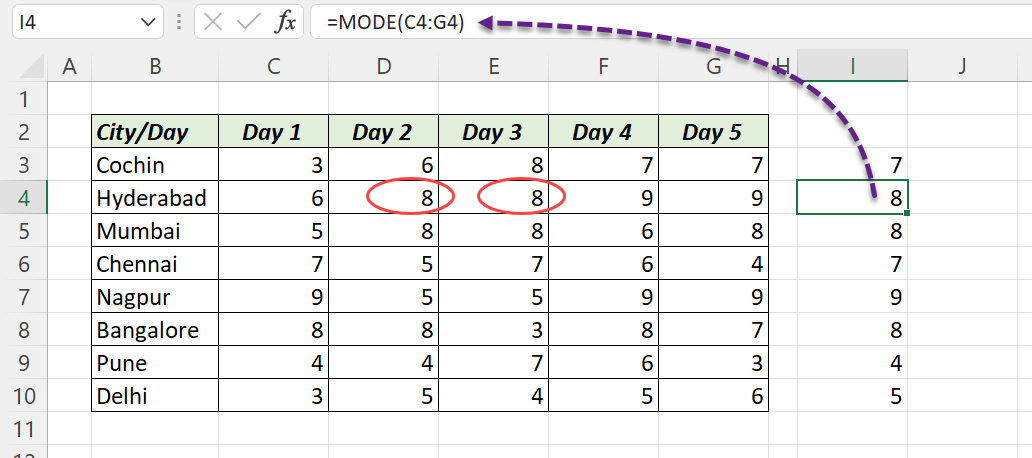










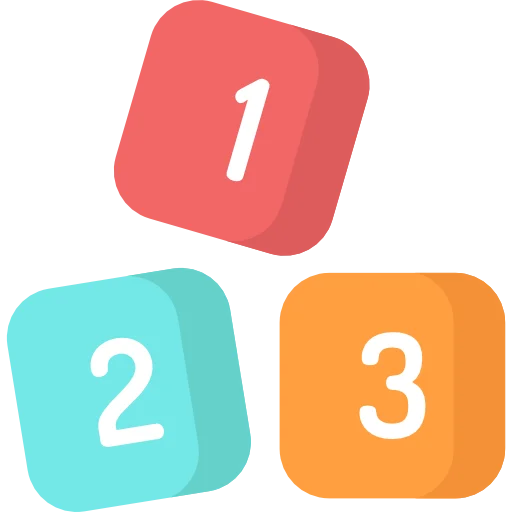

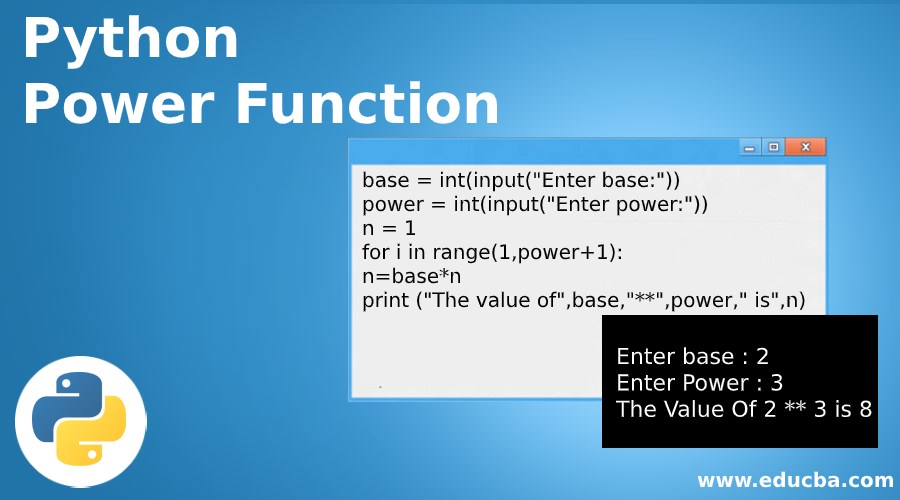
Article link: python repeat n times.
Learn more about the topic python repeat n times.
- How to Repeat N times in Python? (& how to Iterate?) – FavTutor
- How to call a Function N times in Python – bobbyhadz
- Repeat N Times in Python | Delft Stack
- How Do You Repeat a String n Times in Python? – Linux Hint
- Python – Repeat a String N Times
- SOLVED: How to loop n times in Python [10 Easy Examples]
- pythonic way to do something N times without an index …
- How to Repeat N Times in Python – Its Linux FOSS
See more: https://nhanvietluanvan.com/luat-hoc